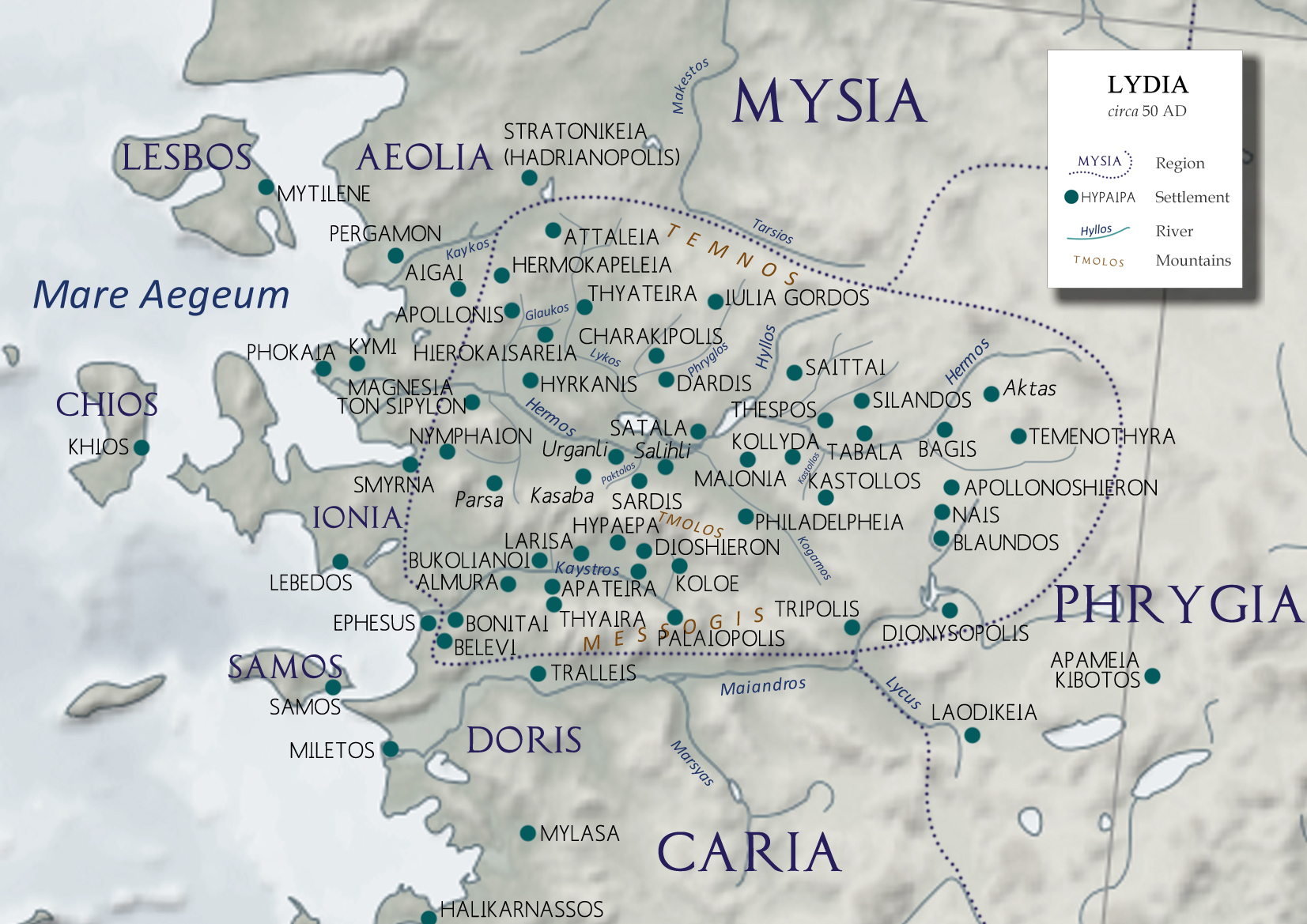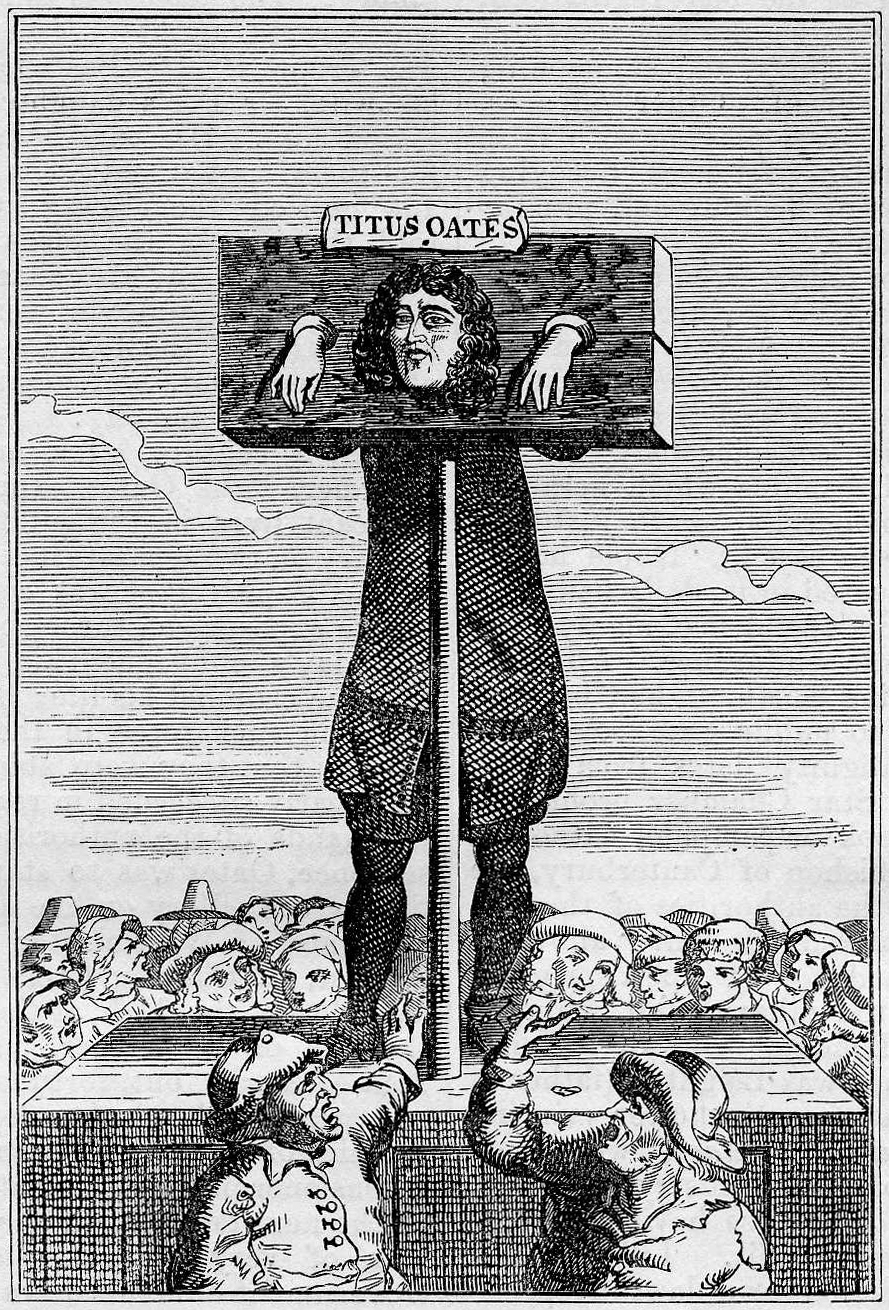|
Nicolas Fatio De Duillier
Nicolas Fatio de Duillier (also spelled Faccio or Facio; 16 February 1664 – 10 May 1753) was a mathematician, Natural philosophy, natural philosopher, astronomer, inventor, and religious campaigner. Born in Basel, Switzerland, Fatio mostly grew up in the then-independent Republic of Geneva, of which he was a citizen, before spending much of his adult life in England and Holland. Fatio is known for his collaboration with Giovanni Domenico Cassini on the correct explanation of the astronomical phenomenon of zodiacal light, for inventing the Le Sage's theory of gravitation, "push" or "shadow" theory of gravitation, for his close association with both Christiaan Huygens and Isaac Newton, and for his role in the Leibniz–Newton calculus controversy. He also invented and developed the first method for fabricating jewel bearings for mechanical watches and clocks. Elected a Fellow of the Royal Society of London at the age of 24, Fatio never achieved the position and reputation th ... [...More Info...] [...Related Items...] OR: [Wikipedia] [Google] [Baidu] |
Bibliothèque De Genève
The Bibliothèque de Genève (BGE, English: Geneva Library, Library of Geneva), founded in 1559, was known as ''Bibliothèque publique et universitaire'' (BPU, English: Public and University Library) from 1907 to 2006. It occupies different buildings around the city: the main site in Parc des Bastions, the Musée Voltaire, and the . It also manages the library in Villa La Grange. It focuses on the humanities and the social sciences with special emphasis on the Reformation, the Enlightenment and ''Genevensia'' (i.e. anything published in Geneva or whose author or subject is connected to Geneva). History Geneva has one of the oldest legal deposit systems in the world, dating from 1539, with all Genevan publications originally being deposited with a ''Chambre des comptes''. John Calvin created the library twenty years later to serve the Académie in what is now Collège Calvin. The earliest mention of the library goes back to 1562. In 1720, the Genevan theologian Ami Lulli ... [...More Info...] [...Related Items...] OR: [Wikipedia] [Google] [Baidu] |
Isaac Newton
Sir Isaac Newton () was an English polymath active as a mathematician, physicist, astronomer, alchemist, theologian, and author. Newton was a key figure in the Scientific Revolution and the Age of Enlightenment, Enlightenment that followed. His book (''Mathematical Principles of Natural Philosophy''), first published in 1687, achieved the Unification of theories in physics#Unification of gravity and astronomy, first great unification in physics and established classical mechanics. Newton also made seminal contributions to optics, and Leibniz–Newton calculus controversy, shares credit with German mathematician Gottfried Wilhelm Leibniz for formulating calculus, infinitesimal calculus, though he developed calculus years before Leibniz. Newton contributed to and refined the scientific method, and his work is considered the most influential in bringing forth modern science. In the , Newton formulated the Newton's laws of motion, laws of motion and Newton's law of universal g ... [...More Info...] [...Related Items...] OR: [Wikipedia] [Google] [Baidu] |
Duillier
Duillier () is a municipality in the district of Nyon in the canton of Vaud in Switzerland. History Duillier is first mentioned in 1145 as ''Duelliei''. Geography Duillier has an area, , of . Of this area, or 75.2% is used for agricultural purposes, while or 7.8% is forested. Of the rest of the land, or 16.1% is settled (buildings or roads).Swiss Federal Statistical Office-Land Use Statistics 2009 data accessed 25 March 2010 Of the built up area, housing and buildings made up 8.8% and transportation infrastructure made up 6.1%. Out of the forested land, 6.3% of the total land area is heavily forested and 1.5% is covered with orchards or small clusters of trees. Of the agricultural land, 56.4% is used for growing crops and 5.1% is pastures, while ... [...More Info...] [...Related Items...] OR: [Wikipedia] [Google] [Baidu] |
Oxford University Press
Oxford University Press (OUP) is the publishing house of the University of Oxford. It is the largest university press in the world. Its first book was printed in Oxford in 1478, with the Press officially granted the legal right to print books by decree in 1586. It is the second-oldest university press after Cambridge University Press, which was founded in 1534. It is a department of the University of Oxford. It is governed by a group of 15 academics, the Delegates of the Press, appointed by the Vice Chancellor, vice-chancellor of the University of Oxford. The Delegates of the Press are led by the Secretary to the Delegates, who serves as OUP's chief executive and as its major representative on other university bodies. Oxford University Press has had a similar governance structure since the 17th century. The press is located on Walton Street, Oxford, Walton Street, Oxford, opposite Somerville College, Oxford, Somerville College, in the inner suburb of Jericho, Oxford, Jericho. ... [...More Info...] [...Related Items...] OR: [Wikipedia] [Google] [Baidu] |
Pierre Fatio
Pierre Fatio (7 November 1662 – 6 September 1707) was a lawyer and politician from the Republic of Geneva. His struggle against the dominance of the aristocracy in the Genevan government led to his execution on charges of conspiring against the state. Family and education Fatio was born into a patrician family in Geneva on 7 November 1662. He was one of twenty-four children born to François Fatio and Marie Franconis. François, the son of a Protestant refugee from the Val Bregaglia, was a merchant and banker from Vevey, Switzerland, who became a citizen of the Republic of Geneva in 1647. Pierre Fatio was a cousin and contemporary of mathematician and inventor Nicolas Fatio de Duillier. Fatio enrolled at the University of Basel in 1679 and again in 1685, receiving a doctorate in law in 1686. He also studied at Geneva, Valence, Montpellier and Leiden. Back in Geneva, Fatio established a successful law practice. In 1694 he married Elisabeth Chouet, the daughter of Léo ... [...More Info...] [...Related Items...] OR: [Wikipedia] [Google] [Baidu] |
Geneva
Geneva ( , ; ) ; ; . is the List of cities in Switzerland, second-most populous city in Switzerland and the most populous in French-speaking Romandy. Situated in the southwest of the country, where the Rhône exits Lake Geneva, it is the capital of the Canton of Geneva, Republic and Canton of Geneva, and a centre for international diplomacy. Geneva hosts the highest number of International organization, international organizations in the world, and has been referred to as the world's most compact metropolis and the "Peace Capital". Geneva is a global city, an international financial centre, and a worldwide centre for diplomacy hosting the highest number of international organizations in the world, including the headquarters of many agencies of the United Nations and the International Committee of the Red Cross, ICRC and International Federation of Red Cross and Red Crescent Societies, IFRC of the International Red Cross and Red Crescent Movement, Red Cross. In the aftermath ... [...More Info...] [...Related Items...] OR: [Wikipedia] [Google] [Baidu] |
Reformation
The Reformation, also known as the Protestant Reformation or the European Reformation, was a time of major Theology, theological movement in Western Christianity in 16th-century Europe that posed a religious and political challenge to the papacy and the authority of the Catholic Church. Towards the end of the Renaissance, the Reformation marked the beginning of Protestantism. It is considered one of the events that signified the end of the Middle Ages and the beginning of the early modern period in Europe. The Reformation is usually dated from Martin Luther's publication of the ''Ninety-five Theses'' in 1517, which gave birth to Lutheranism. Prior to Martin Luther and other Protestant Reformers, there were Proto-Protestantism, earlier reform movements within Western Christianity. The end of the Reformation era is disputed among modern scholars. In general, the Reformers argued that justification (theology), justification was sola fide, based on faith in Jesus alone and n ... [...More Info...] [...Related Items...] OR: [Wikipedia] [Google] [Baidu] |
Smyrna
Smyrna ( ; , or ) was an Ancient Greece, Ancient Greek city located at a strategic point on the Aegean Sea, Aegean coast of Anatolia, Turkey. Due to its advantageous port conditions, its ease of defence, and its good inland connections, Smyrna rose to prominence. Since about 1930, the city's name has been İzmir. Two sites of the ancient city are today within İzmir's boundaries. The first, probably founded by indigenous peoples, rose to prominence during the Archaic period in Greece, Archaic Period as one of the principal ancient Greek settlements in western Anatolia. The second, whose foundation is associated with Alexander the Great, reached metropolitan proportions during the period of the Roman Empire. Most of the ancient city's present-day remains date to the Roman era, the majority from after a 2nd-century AD earthquake. In practical terms, a distinction is often made between these. ''Old Smyrna'' was the initial settlement founded around the 11th century BC, first as an ... [...More Info...] [...Related Items...] OR: [Wikipedia] [Google] [Baidu] |
Sedition
Sedition is overt conduct, such as speech or organization, that tends toward rebellion against the established order. Sedition often includes subversion of a constitution and incitement of discontent toward, or insurrection against, established authority. Sedition may include any commotion, though not aimed at direct and open violence against the laws. Seditious words in writing are seditious libel. A seditionist is one who engages in or promotes the interest of sedition. Because sedition is overt, it is typically not considered a subversive act, and the overt acts that may be prosecutable under sedition laws vary by jurisdiction. Roman origin In the later Roman Republic, () referred to the offence of collective disobedience toward a magistrate, which included both military mutiny and civilian mob action. Leading or instigating was punishable by death. Civil became frequent during the political crisis of the first century BCE, as populist politicians sought to chec ... [...More Info...] [...Related Items...] OR: [Wikipedia] [Google] [Baidu] |
Pillory
The pillory is a device made of a wooden or metal framework erected on a post, with holes for securing the head and hands, used during the medieval and renaissance periods for punishment by public humiliation and often further physical abuse. The pillory is related to the stocks. Etymology The word is documented in English since 1274 (attested in Anglo-Latin from ), and stems from Old French (1168; French language, modern French , see below), itself from medieval Latin , of uncertain origin, perhaps a diminutive of Latin 'pillar, stone barrier'. Description Rather like the lesser punishment called the stocks, the pillory consisted of hinged wooden boards forming holes through which the head or various limbs were inserted; then the boards were locked together to secure the captive. Pillories were set up to hold people in marketplaces, crossroads, and other public places. They were often placed on platforms to increase public visibility of the person; often a placard deta ... [...More Info...] [...Related Items...] OR: [Wikipedia] [Google] [Baidu] |
Camisard
Camisards were Huguenots (French Protestants) of the rugged and isolated Cévennes region and the neighbouring Vaunage in southern France. In the early 1700s, they raised a resistance against the persecutions which followed Louis XIV's Revocation of the Edict of Nantes, making Protestantism illegal. The Camisards operated throughout the mainly Protestant Cévennes and Vaunage regions including parts of the Camargue around Aigues Mortes. The revolt broke out in 1702, with the worst of the fighting continuing until 1704, then skirmishes until 1710 and a final peace by 1715. The Edict of Tolerance was not finally signed until 1787. Etymology The name in the Occitan language may derive from a type of linen smock or shirt known as a ''camisa'' (chemise) that peasants wear in lieu of any sort of uniform. Alternatively, it might come from the , meaning paths (chemins). , in the sense of "night attack", is derived from a feature of their tactics. History In April 1598, Henry IV ... [...More Info...] [...Related Items...] OR: [Wikipedia] [Google] [Baidu] |
Millenarianism
Millenarianism or millenarism () is the belief by a religious, social, or political group or movement in a coming fundamental transformation of society, after which "all things will be changed". Millenarianism exists in various cultures and religions worldwide, with various interpretations of what constitutes a transformation. These movements believe in radical changes to society after a major cataclysm or transformative event.''Millenarianism'' . In James Crossley and Alastair Lockhart (eds.) ''Critical Dictionary of Apocalyptic and Millenarian Movements''. 2021 Millenarianist movements can be secular (not espousing a particular religion) or religious in nature,Gordon Marshall, "millenarianism", ''The Concise Oxford Dictionary of Sociology'' (1994), p. 333. and are therefore not necessarily linked to < ... [...More Info...] [...Related Items...] OR: [Wikipedia] [Google] [Baidu] |









